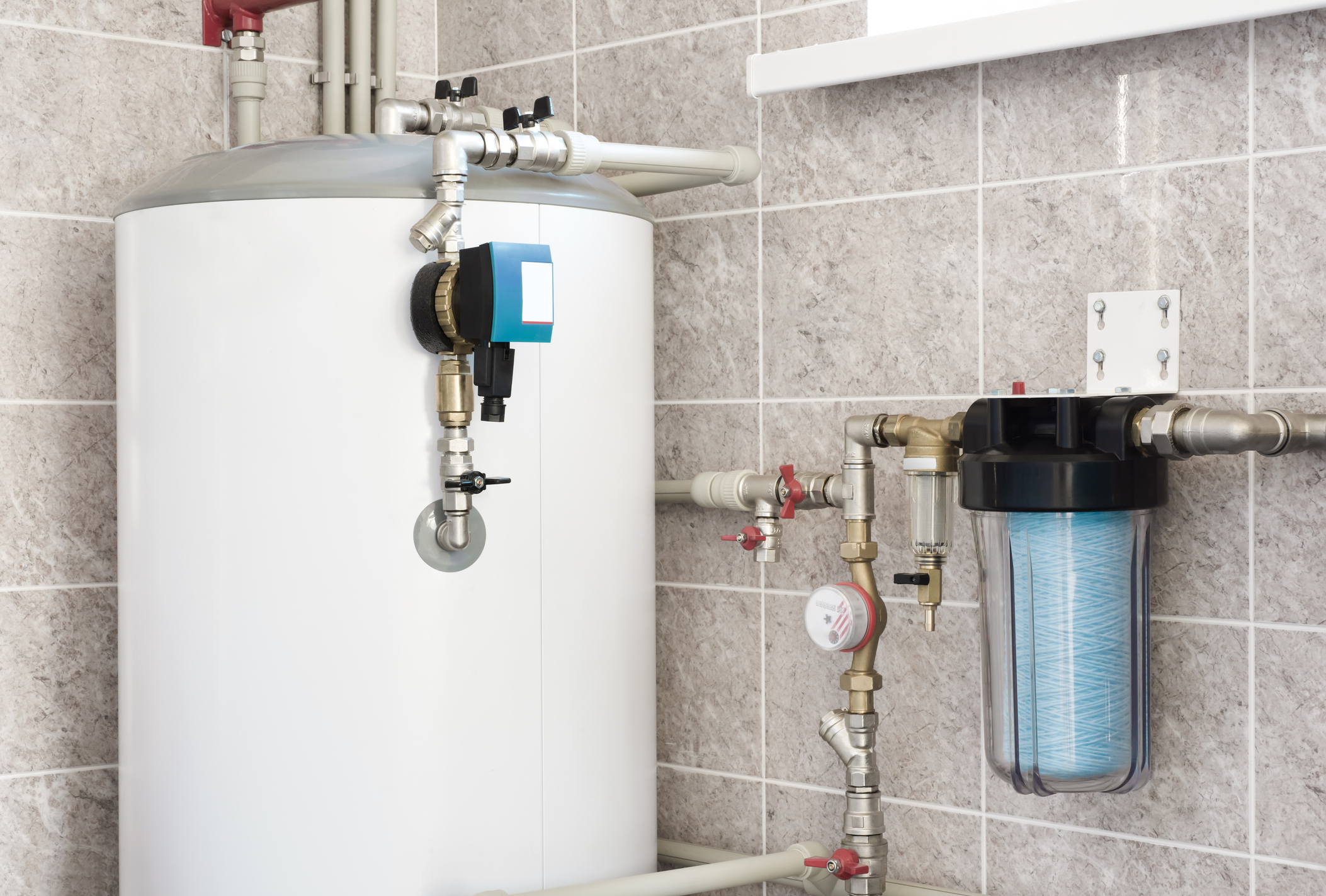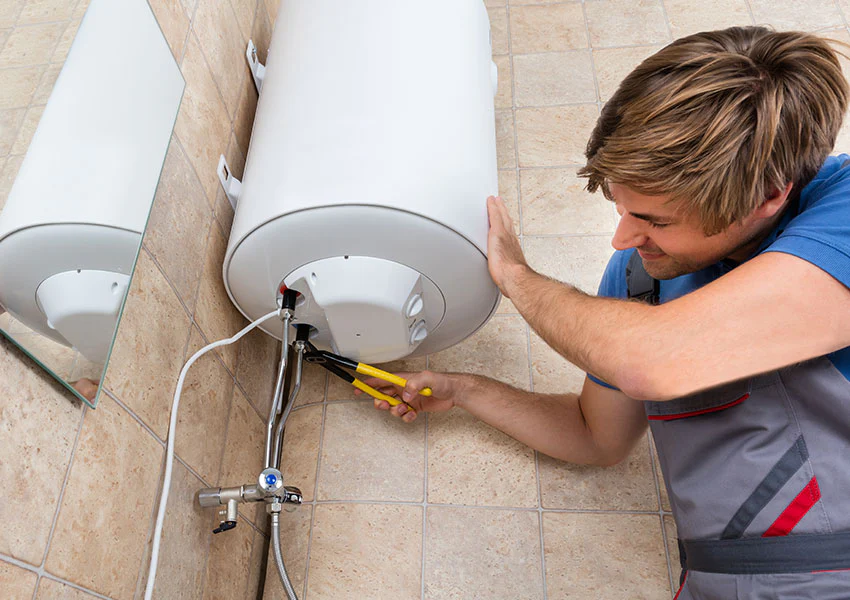They are making several good annotation relating to How to Maintain Your Water Heater & Prolong its Life overall in this article just below.

Warm water is crucial for day-to-day convenience, whether it's for a revitalizing shower or cleaning dishes. To ensure your hot water system runs effectively and lasts much longer, routine upkeep is crucial. This short article offers useful suggestions and insights on how to maintain your home's warm water system to prevent interruptions and expensive repair work.
Intro
Keeping your home's warm water system might seem daunting, yet with a couple of easy steps, you can ensure it runs efficiently for years to come. This overview covers whatever from understanding your warm water system to DIY maintenance pointers and recognizing when to contact professional aid.
Value of Preserving Your Hot Water System
Regular upkeep not only extends the lifespan of your warm water system but additionally guarantees it operates successfully. Ignoring upkeep can result in lowered effectiveness, higher power bills, and also premature failing of the system.
Indications Your Hot Water System Demands Upkeep
Understanding when your hot water system requires interest can avoid significant problems. Look out for indicators such as inconsistent water temperature level, odd sounds from the heating unit, or corroded water.
Understanding Your Hot Water System
Prior to diving into upkeep jobs, it's helpful to understand the fundamental parts of your warm water system. Typically, this consists of the hot water heater itself, pipelines, anode rods, and temperature controls.
Month-to-month Maintenance Tasks
Routine monthly checks can assist catch small issues prior to they escalate.
Purging the Water Heater
Purging your water heater eliminates sediment accumulation, improving effectiveness and lengthening its life.
Checking and Changing Anode Rods
Anode rods protect against rust inside the container. Examining and changing them when broken is important.
Checking and Readjusting Temperature Level Settings
Changing the temperature settings makes certain optimum performance and safety and security.
DIY Tips for Maintenance
You can execute several upkeep jobs yourself to maintain your warm water system in top problem.
Looking for Leaks
On a regular basis evaluate pipelines and connections for leaks, as these can cause water damage and higher expenses.
Examining Pressure Relief Valves
Examining the pressure relief valve guarantees it operates correctly and prevents extreme stress build-up.
Insulating Pipes
Protecting warm water pipelines decreases heat loss and can save power.
When to Call a Specialist
While DIY maintenance is useful, some problems need specialist expertise.
Complex Problems Needing Specialist Assistance
Instances include significant leakages, electric troubles, or if your water heater is consistently underperforming.
Routine Expert Maintenance Perks
Specialist upkeep can consist of thorough inspections, tune-ups, and guaranteeing compliance with safety and security criteria.
Conclusion
Normal upkeep of your home's warm water system is crucial for performance, long life, and expense savings. By complying with these ideas and understanding when to seek professional help, you can guarantee a reliable supply of hot water without unexpected disturbances.
How to Maintain an Instant Hot Water Heater
Before tinkering with your hot water heater, make sure that it’s not powered on. You also have to turn off the main circuit breaker and shut off the main gas line to prevent accidents. Also turn off the water valves connected to your unit to prevent water from flowing into and out of the appliance. 2. When you’re done, you have to detach the purge valves’ caps. These look like the letter “T” and are situated on either side of the water valves. Doing so will release any pressure that has accumulated inside the valves while at the same time avoid hot water from shooting out and burning your skin. 3. When the purge valves’ caps are removed, you have to connect your hosing lines to the valves. Your unit should have come with three hoses but if it didn’t, you can purchase these things from any hardware or home repair shops. You can also get them from retail stores that sell water heating systems. Read the user’s manual and follow it to complete this task properly. When the hosing lines are connected, open the purge port’s valves. 4. You should never use harsh chemical cleaners or solutions when cleaning your unit. Make use of white vinegar instead. It should be undiluted and you’ll probably use about 2 gallons. 5. Now flush your water heater. This task should probably take about 40 minutes. We can’t give you specific directions for this because the procedure is carried out depending on the type, model and brand of your heater. With that being said, refer to the user’s manual. 6. When you’re done draining the unit, you have to turn off the purge port valves again. Remove the hosing lines that you earlier installed on each of the water valves. Put the valve caps (purge port) back in their respective places and be very careful so as not to damage the rubber discs that are found inside these caps. 7. Now that everything’s back in place, check your user’s manual again to find out how to reactivate your water heating system. 8. Once it is working, turn one of your hot water faucets on just to let air pass through the heater’s water supply pipes. Leave the tap on until water flows smoothly out of it. https://www.orrplumbing.com/blog/2014/september/how-to-maintain-an-instant-hot-water-heater/

As an enthusiastic reader about Tips on Maintaining a Water Heater, I figured sharing that section was necessary. In case you liked our article plz consider to pass it around. I am grateful for being here. Revisit us soon.
Book Your Appointment